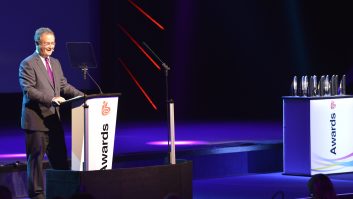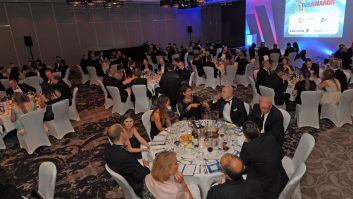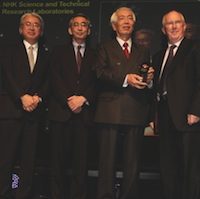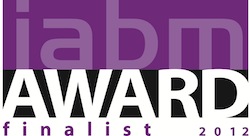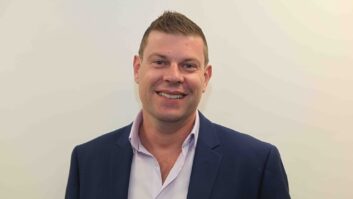
“Often today, the winning formula for the broadcast customer is the level of IT competence the SI can demonstrate.” David Phillips, CEO of major international systems integrator TSL, talked to The Workflow Files about the changing face of asset management.“We are doing three or four asset management systems of substance each year,” he said. “Every customer has their own requirements, so there is very definitely no ‘one size fits all’ solution.“That gives me the business challenge of making sure we have the right staff,” he continued. “The requirement is very different from the situation five years ago. We need to be able to demonstrate to our clients that we have robust answers to the critical questions in IT as well as video and audio. How will we manage files? Can we show that there are no bandwidth bottlenecks in the infrastructure?”The TSL solution, according to Phillips, is to bring good IT graduates into the industry. “They have no broadcast experience, so we pair them with experienced TSL people. Then both work towards continuing education, for instance in Cisco certification. It is a significant investment in personnel, but it is what is expected today.”This shift in skill set matches a change in the business relationship between a broadcast customer and an SI. “The old plan was to get a consultant in to scope a system, then give it to the SI to implement it,” said Phillips.“Now the trend is for the broadcaster to get a competent and credible SI and get them to do the consultancy, on the basis that they will design a system that can be built and will work. The initial up-front design work captures the real requirements and, because we understand the metrics of the content we can size the equipment.“Having the same people doing the consultancy and the implementation allows for better relationships, and means that you can weed out the ‘nice to haves’ from the ‘vitals’,” he explained. “We can assess what can actually be built for the available budget, and give advice where we can see a better way of doing something.”He made the point that this significant shift calls for a new commercial and contractual model, which allows the consultancy to lead on to implementation without re-tendering. “In the last two or three years there has been a very swift transition in the expectations of our customers,” he concluded. “The business model of the SI has to change to reflect this shift in its role.”
